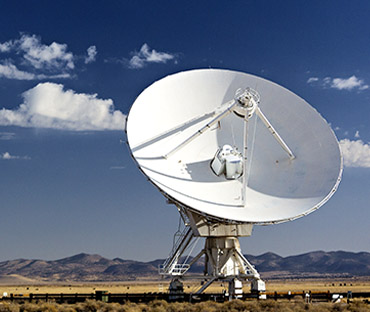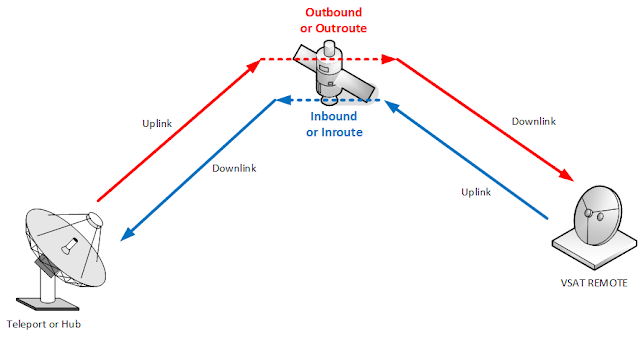VSAT satellite technology: What is it and how does it work?
A very-small-aperture terminal (VSAT) is a two-way satellite ground station with a dish antenna that is smaller than 3.8 meters. The majority of VSAT antennas range from 75 cm to 1.2 m. Data rates, in most cases, range from 4 kbit/s up to 16 Mbit/s.
Volatility and speed of communications is one of the challenges currently facing thousands of companies operating in remote or hard-to-reach places. Because of this, it is common today that many companies choose to implement in their process flow, satellite systems that allow them to have an agile and independent communications network; for this reason, there are endless solutions for this need in the market, such as: antennas, which offer a whole ecosystem of applications and advantages to receive and send information regardless of geographic location. Therefore, in this article you will know all the characteristics of one of them that stands out in several sectors for its efficiency and accessibility. The antennas: with VSAT satellite technology.
The VSAT satellite technology uses a type of antenna that receives and transmits data and that by its acronym in English means Very Small Aperture Terminal. This antenna consists of small terminals that can be installed in distributed sites and be connected to a central Hub thanks to a satellite; It also stands out that the size of the dishes can vary from 0.75 to 3.8 meters.
VSAT: How does it operate and what does this network support?
VSAT satellite technology operates in different frequencies, shapes and sizes. Normally, the operating frequencies are C-band and Ku-band and work with Star Network (Private Hub), Point-to-Point (Customized Private Hub) capable of supporting a large number of places and Mesh Systems, which are regularly smaller than star systems (between 5 and 30 sites generally).
Thanks to this operating environment, this type of antenna offers satellite services capable of supporting Internet, LAN, IP Voice, video and data communications; thus, creating powerful public and private networks for reliable communication.
Sectors and applications of VSAT satellite technology
Since VSAT technology represents a cost-effective solution for companies that require to have an independent communication network and at the same time connect many geographically dispersed sites, each time there are more and more sectors and applications where this antenna is implemented, depending on its objective: to only receive or receive and send data.
Stock market, long distance education and distribution of financial analysis, are some applications of companies that only receive information through the VSAT network. On the opposite side, the demand to receive and send data is broader with approximately more than 20 applications in the market, some of those that can be highlighted are bank transactions in ATMs, reservation systems, electronic bank transfers, medical data transfers and control of remote distribution process and telemetry, amongst others.
One of the sectors that most implement VSAT satellite technology, to receive data, is the mining sector, because the underground areas are difficult to access and the coverage of traditional radio waves can be weak enough to penetrate obstacles and surfaces of mines, limiting efficient data transmission. In this case, to achieve quality communication, geostationary satellite links are used to enable sending of Wi-Fi signals underground installing VSAT very small opening terminals on the surface which receive, via satellite, signals in the Ku and C bands, thus providing connectivity throughout the mine along with the underground Wifi.



Comments
Post a Comment